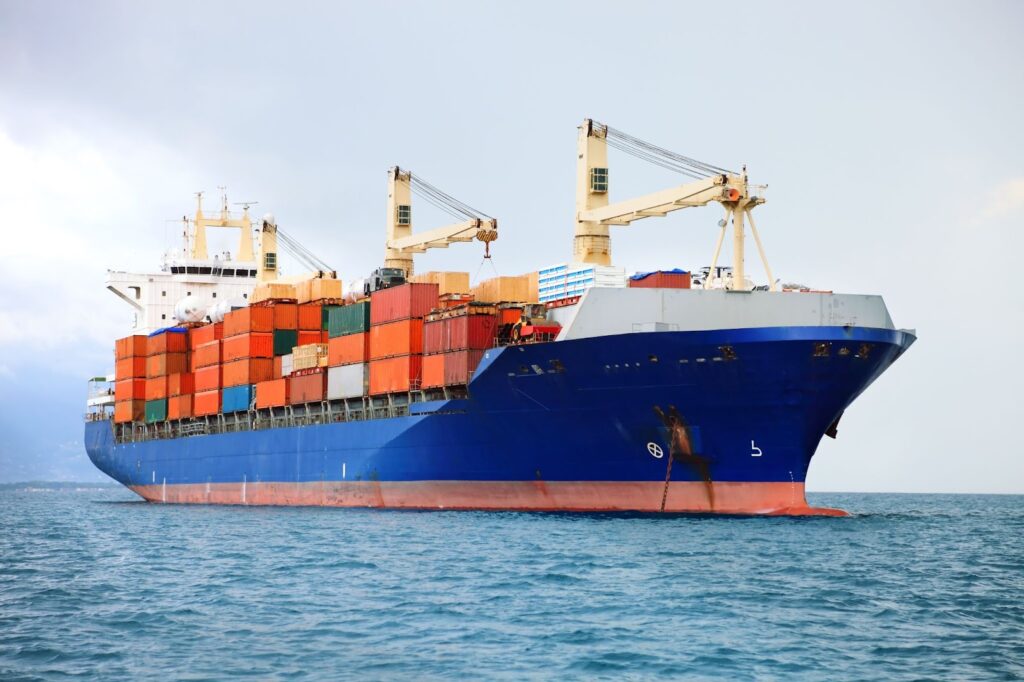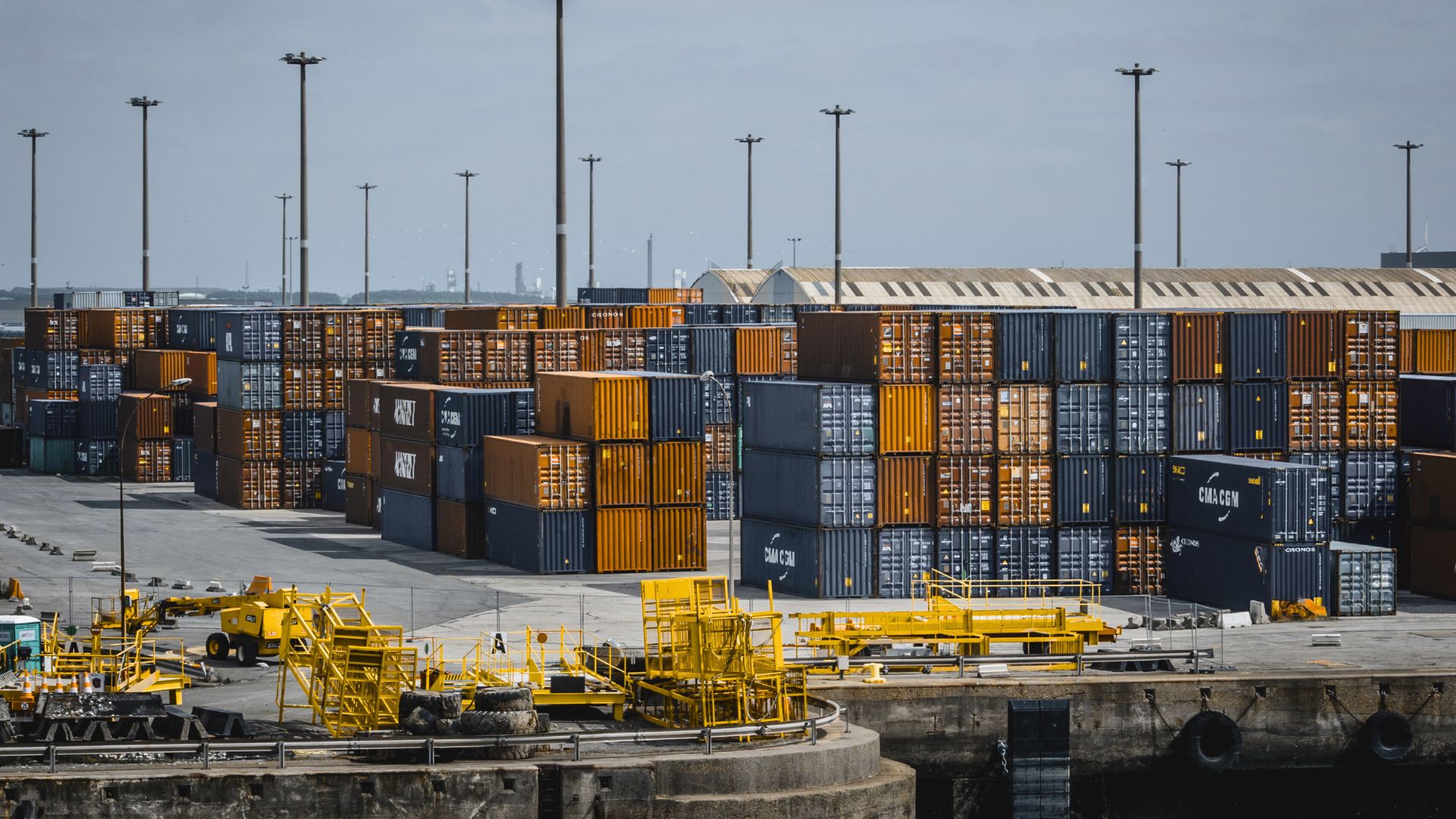
When it comes to international manufacturing, optimizing shipping container capacity is a critical factor that will help make your shipping operations more efficient and cost-effective.
However, arriving at the most efficient shipping container capacity is a complicated task that requires experience and expertise. Our team offers expert knowledge of global shipping and we’re ready to help you calculate capacity properly to maximize space and ensure that your goods are shipped efficiently.
What Is a Container Load?
A container load describes the maximum amount of cargo that can be loaded into a shipping container. It is determined by the size and weight of the cargo and is usually calculated based on a standard 20- or 40-foot shipping container.
The size and weight of the cargo will determine how many items can fit comfortably in a container load. Container loads are typically used when shipping large quantities of products at once. This offers cost savings over less efficient methods such as loose freight and bulk shipping. In overseas manufacturing, it is important to understand how much product can fit in one container so you can pack it efficiently.
How to Calculate Shipping Container Capacity
To estimate your container load by hand, you’ll need to follow these steps:
- Measure the internal container dimensions– the inside length, width and height of the shipping container. For instance, the inside of a 20-foot-long container usually measures 19 feet, 4 inches long, 7 feet 9 inches wide, and 7 feet 10 inches high.
- Multiply the length, width and height of your container to determine the volume available for your items. For instance, from our dimensions above, a 20-foot container would offer approximately 1,173 cubic feet.
- Measure each individual box, bin, pallet or crate to determine the volume of each shipping unit.
- Divide 90 percent of the total shipping volume of the shipping container by the volume of the shipping unit to estimate the number of boxes, bins, pallets or crates that will fit inside your container.
- Reduce the loading quantity further, as needed, to meet mandated highway transport weight restrictions at the delivery destination.
When planning the loading of your shipping container, you’ll need to fully understand what’s in each box and the limitations of the packing materials. Similar items can be grouped together, while some items can be stacked on top of one another. Fragile items, of course, should not be stacked.
You may also need to consider using dunnage (also known as padding) that will be placed between cargo items to prevent damage. When using dunnage, be sure to wrap your item ahead of time and then measure the volume of each item. This ensures that you correctly calculate exactly how many items will fit in the shipping container’s capacity.
When importing items from overseas, it’s also important to load items in a way that’s easy for customs inspectors to inspect. Shipping containers are most commonly either floor-loaded with cartons or pallet-loaded. Be mindful of weight distribution within the container, as it could make it unsafe. You’ll also increase your chances of avoiding any exam holds from customs officials who typically examine containers that have been improperly or unprofessionally loaded.
Why Accurate Shipping Container Capacity Calculations Matter
Accurate shipping container capacity calculations are important for any business that relies on the efficient and cost-effective transportation of goods. Accuracy helps ensure that you aren’t overspending on your container shipments so that you can make the most out of your investment.
Without accurate calculations, you may:
- End up paying too much for your shipments.
- Incur fines for improper loading.
- Run the risk of having goods arrive late due to exam holds.
Accurate shipping container capacity calculations save money and time, which allows you to focus on other areas of your operations.
Use ITI Manufacturing’s Free Cargo Load Calculator
ITI’s Free Cargo Load Calculator is a useful tool for planning and calculating needed container space for shipping overseas. With just a few clicks, you can quickly determine:
- The number of cartons or pallets you can fit in one shipping container.
- The best way to maximize space in a container during loading.
- How to arrange complex loading for multiple SKUs.
- Number of containers needed per shipment.
It’s fast, easy and provided as a courtesy on our website.
When partnering with ITI, optimizing your shipping container capacity is handled for you by our in-house experts. We also provide HTS code designation, ocean freight booking, weekly updates of shipment status to ensure delivery satisfaction, ocean freight and rail transit monitoring, U.S. Customs clearance, and all duties and tariffs paid. Further, we will even arrange local trucking where needed.
Contact us today if you would like more detailed assistance with production and shipment.




